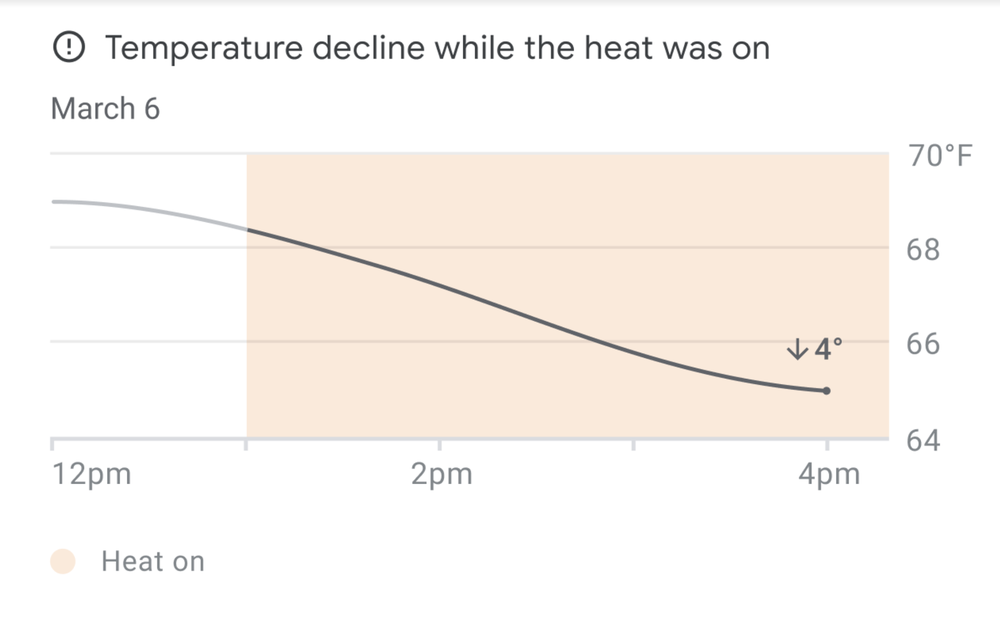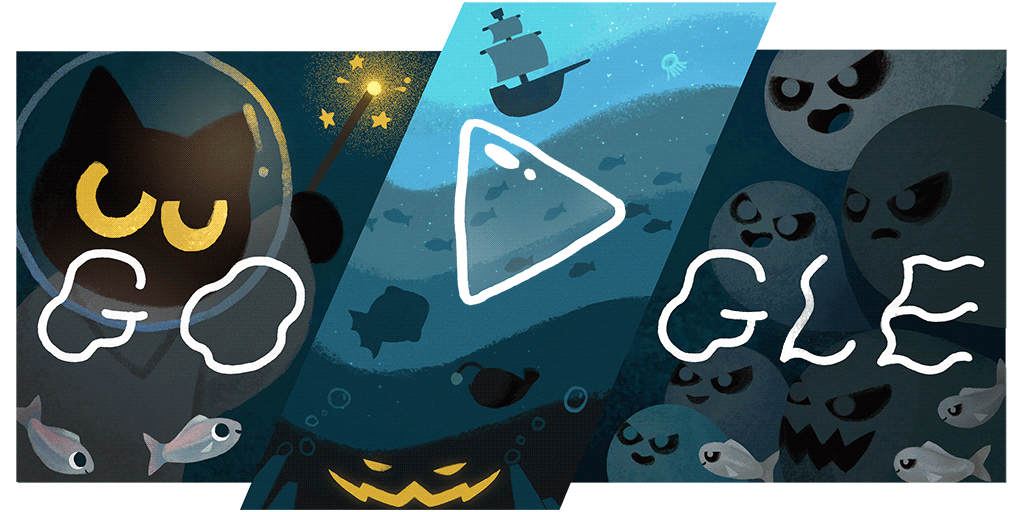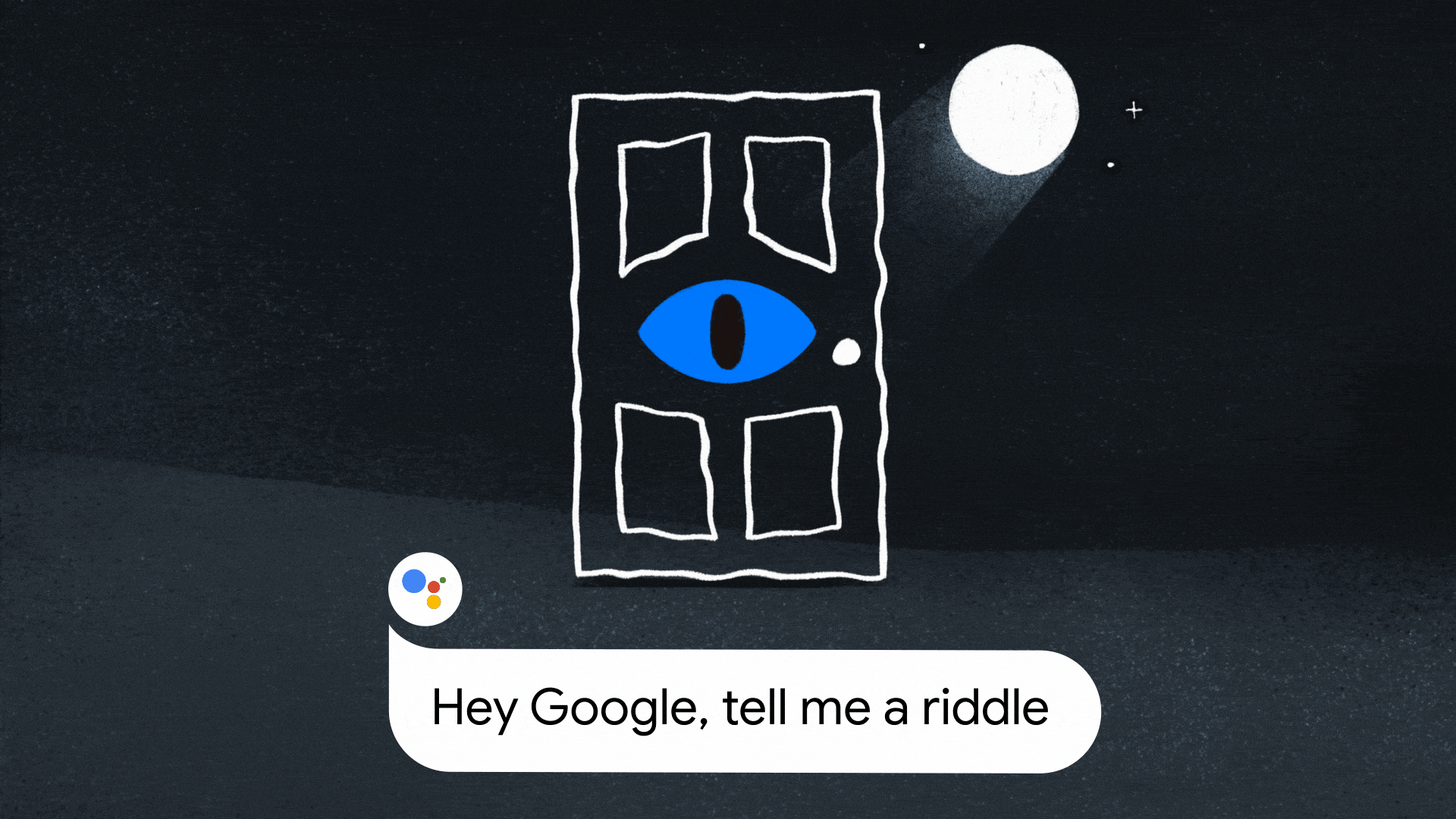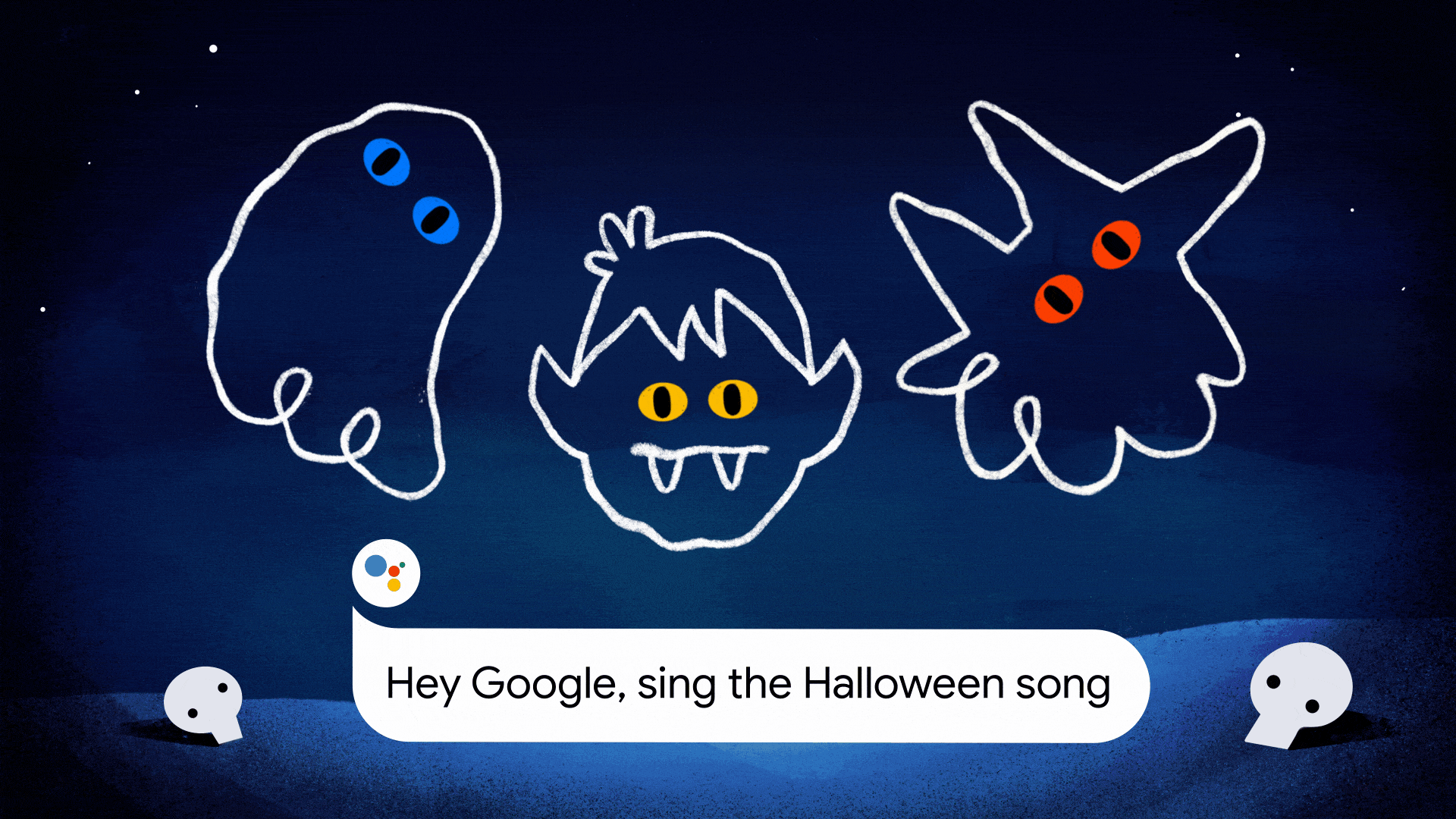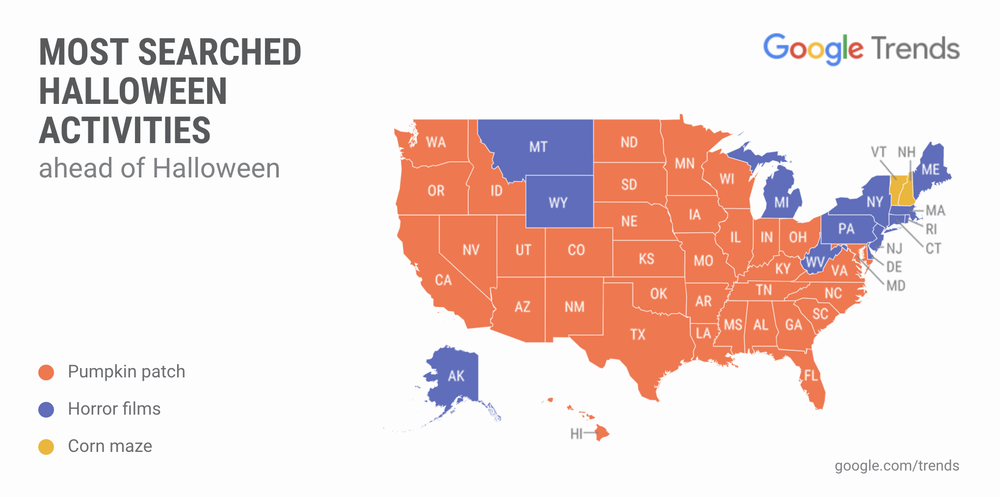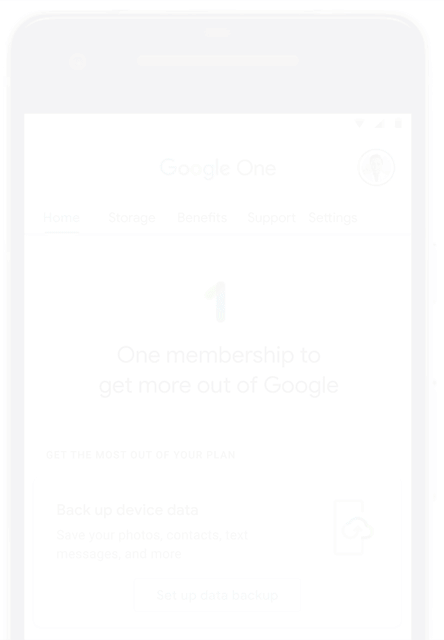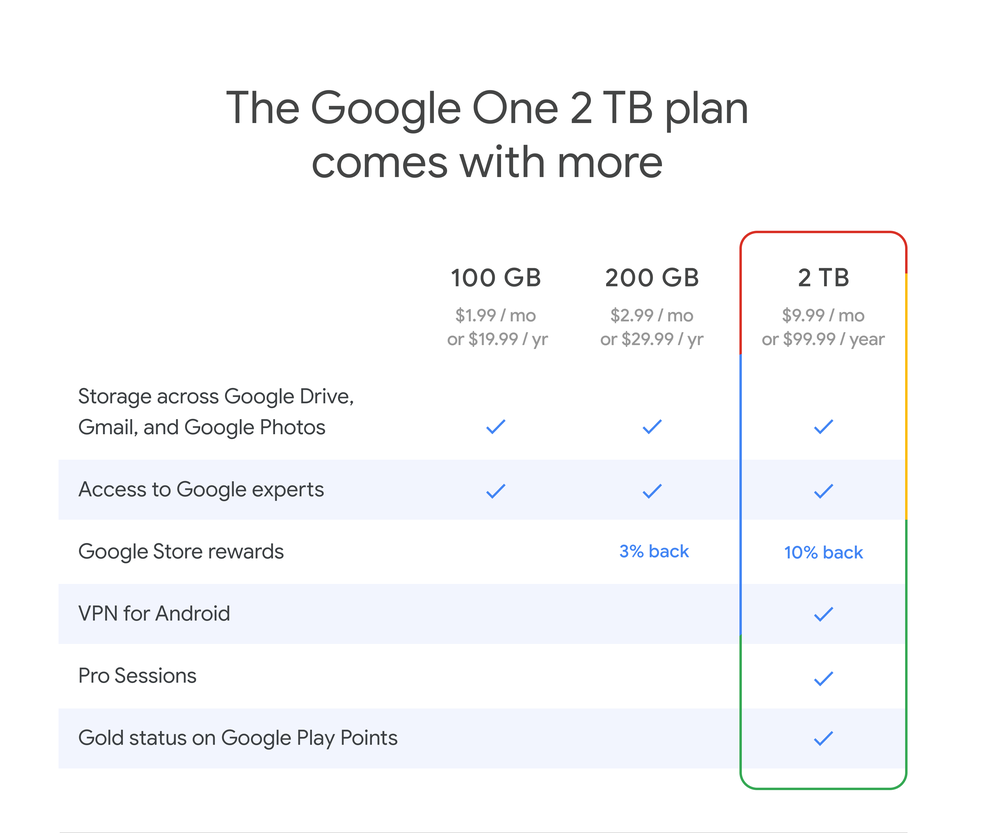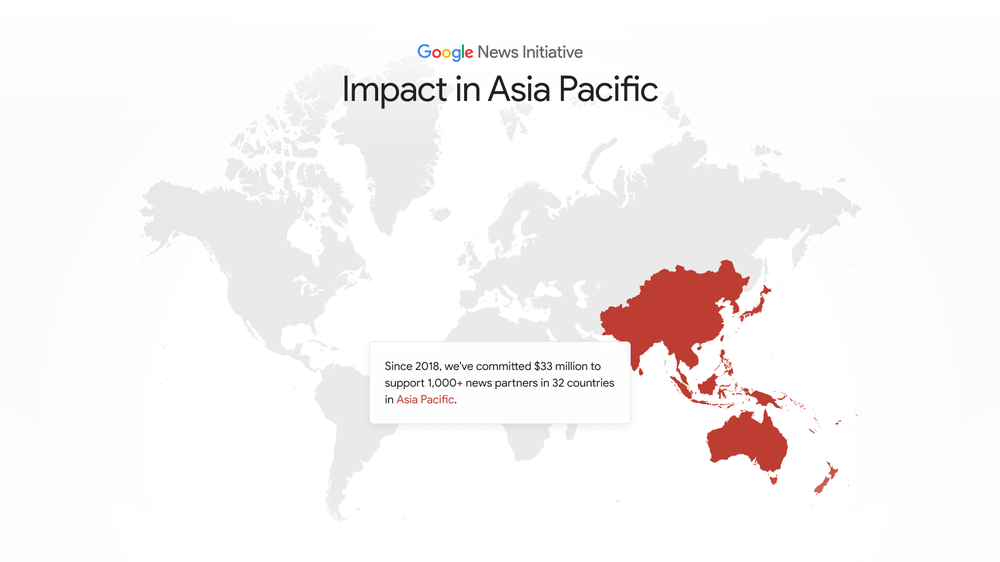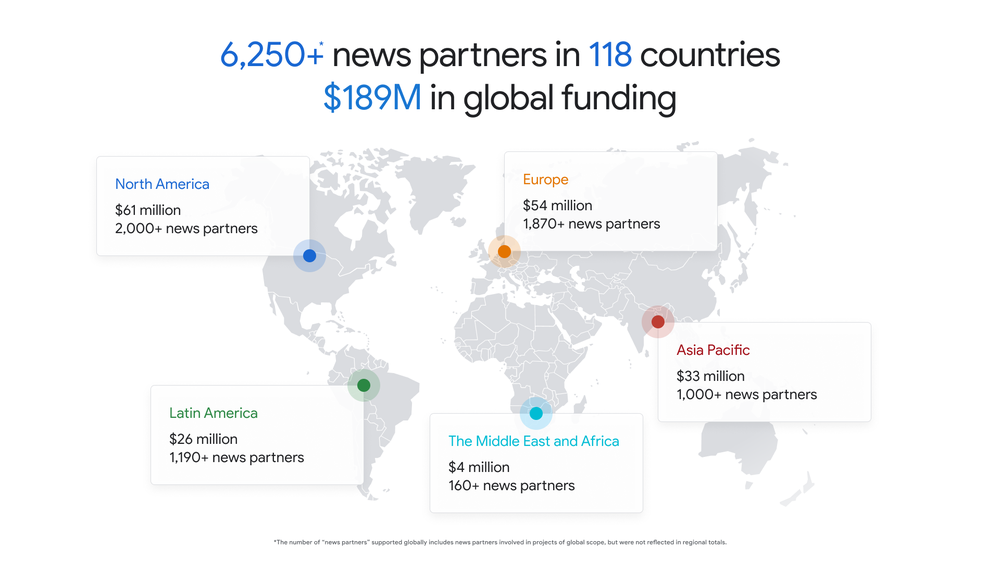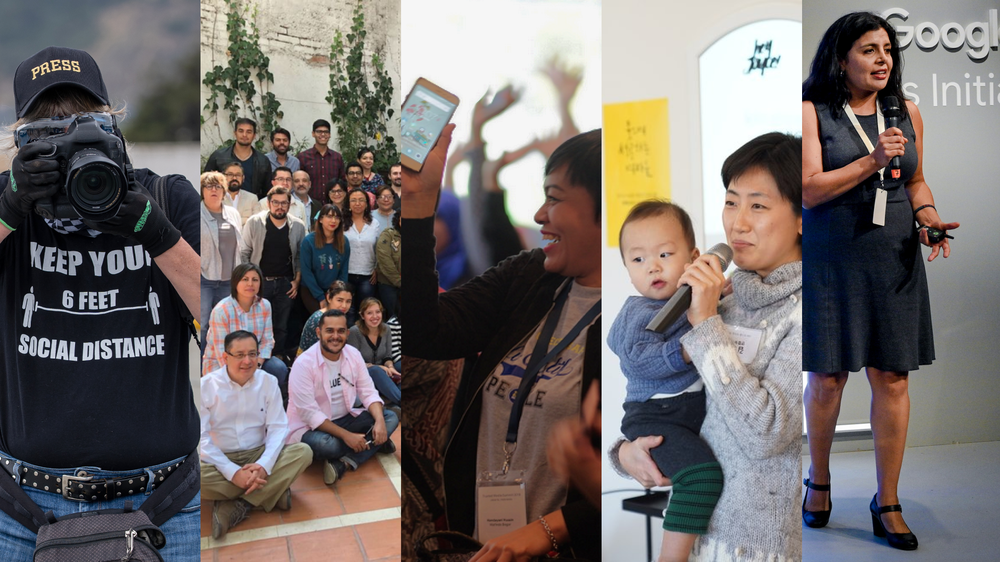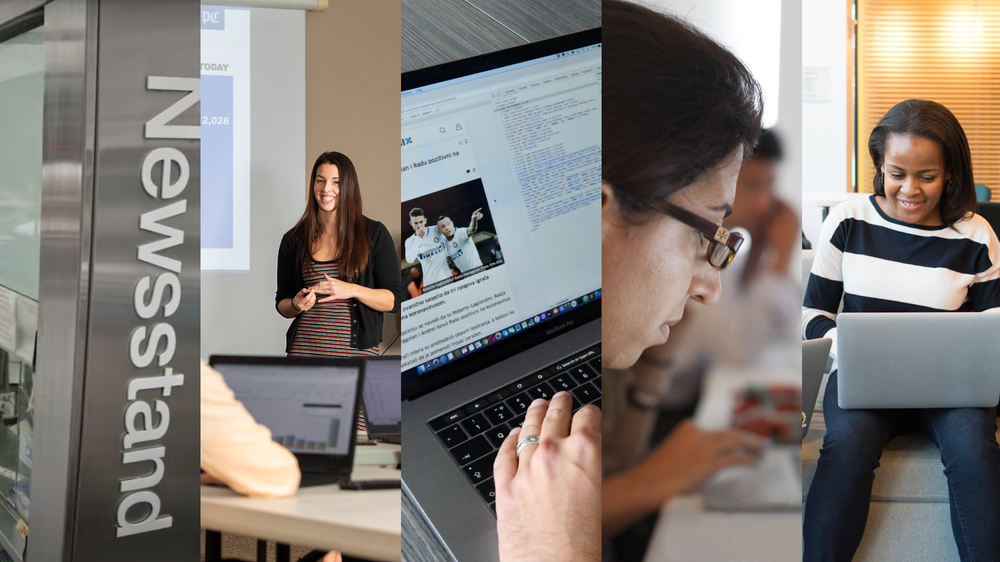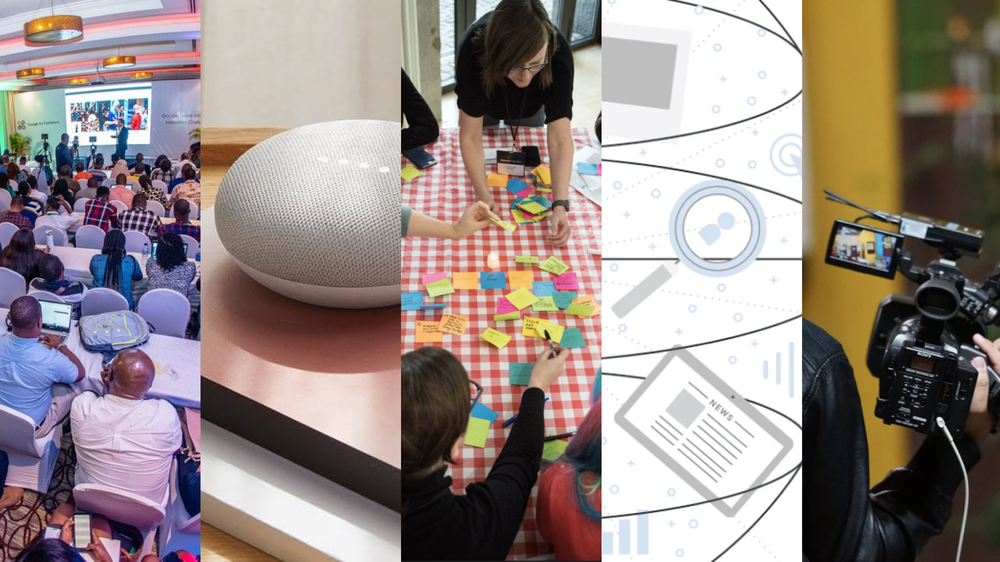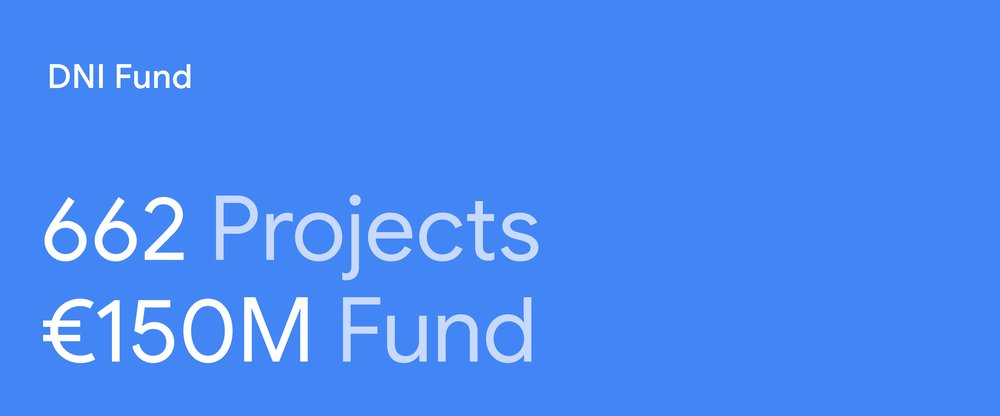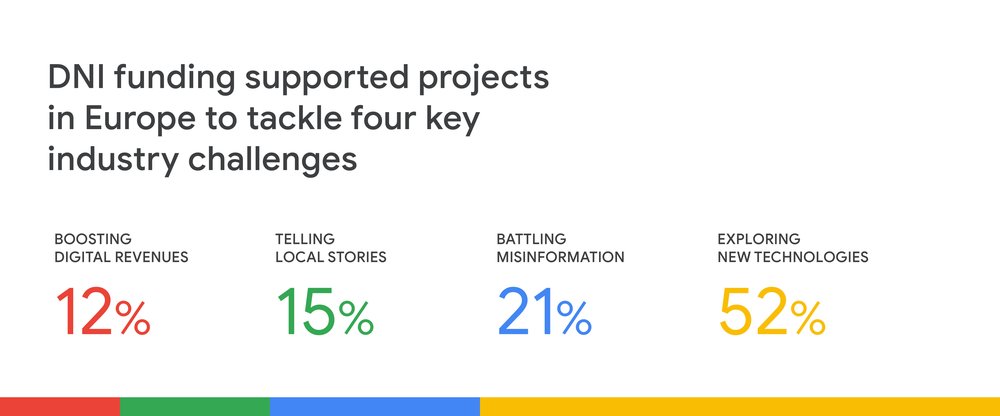It’s time for another update to our Stadia Savepoint series, recapping the new games, features, and changes for Stadia in October.
This month we celebrated some Good Stuff on Stadia, teaming up with YouTube Creators Lamarr Wilson and LaurenZside who revealed free and exclusive week-long demos for PAC-MAN™ Mega Tunnel Battle and Immortals Fenyx Rising, plus an OpenDev Beta for HUMANKIND. We can’t wait for these amazing games to launch on Stadia, starting with PAC-MAN Mega Tunnel Battle on November 17. Over three days we also revealed new games and content coming to Stadia including the Drastic Steps expansion for Orcs Must Die! 3 (Nov. 6), Star Wars Jedi: Fallen Order (Nov. 24), ARK: Survival Evolved (early 2021), Hello Engineer (2021), Young Souls (2021), and Phoenix Point (2021).
Throughout October, players explored a Dungeons & Dragons adventure in Baldur’s Gate 3 Early Access, fought against a surveillance state in Watch Dogs: Legion, and carved their path to vengeance in Sekiro: Shadows Die Twice. All of these games, plus many others that arrived this month, are now available for purchase on the Stadia store. For players that are subscribed to Stadia Pro, they received instant access to a library of 29 games in October, with even more available on November 1.
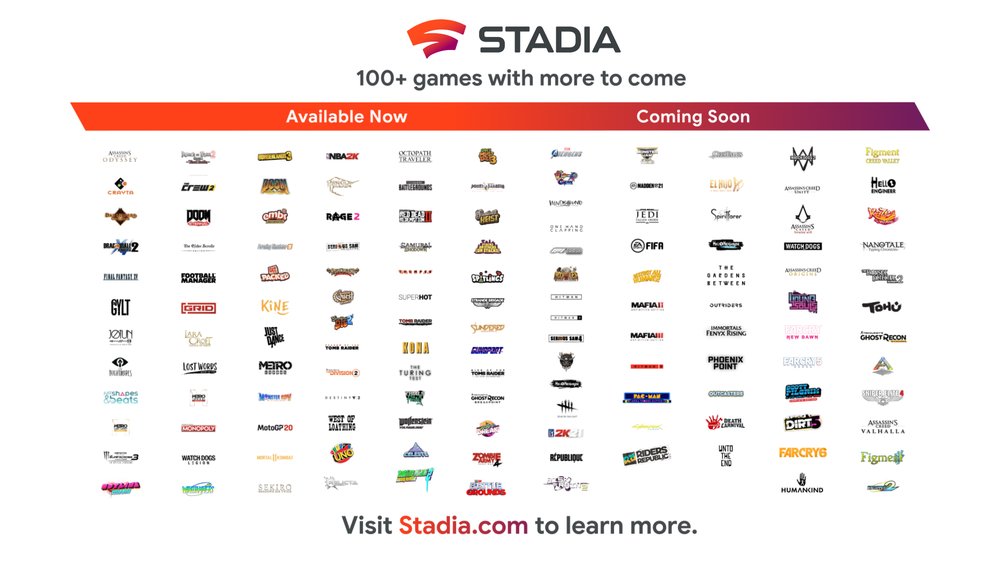
Crowd Choice now available
Crowd Choice, available in Baldur’s Gate 3 and Dead by Daylight, changes how games unfold when live streaming on YouTube. Viewers have the power to vote on decisions made by the player in each game.
Play Stadia with mobile data
Mobile data gameplay has graduated from Experiments and is now a fully supported feature on Stadia to play games using 4G and 5G. Data usage may use up to 2.7GB/hr. Gameplay is service-, network-, and connection-dependent, and this feature may not be available in all areas.
Referral rewards for friends and family
Refer someone for a free trial of Stadia Pro and they’ll get an extra free month of games. Plus, if they subscribe after their trial is up, you’ll get an extra free month of Stadia Pro as well. Terms apply.
Push notifications on mobile
Receive notifications in the Stadia app on Android and iOS devices about Stadia Pro games, incoming friend requests, and more.
Stadia Pro updates
- Claim six new games for free with Stadia Pro in November: Sniper Elite 4, Risk of Rain 2, The Gardens Between, Hello Neighbor: Hide & Seek, République, and Sundered: Eldritch Edition.
- Twenty-nine existing games are still available to add to your Stadia Pro collection: Destiny 2: The Collection, PLAYERUNKNOWN’S BATTLEGROUNDS, SteamWorld Quest: Hand of Gilgamech, SteamWorld Dig, SteamWorld Dig 2, SteamWorld Heist, GYLT, Little Nightmares, Power Rangers: Battle for the Grid, SUPERHOT, Panzer Dragoon Remake, Crayta, West of Loathing, Orcs Must Die! 3, Strange Brigade, Just Shapes & Beats, Rock of Ages 3: Make & Break, Super Bomberman R Online, Gunsport, Hitman, Hello Neighbor, Metro: Last Light Redux, Embr Early Access, Dead by Daylight, Human Fall Flat, SUPERHOT: MIND CONTROL DELETE, Lara Croft: Temple of Osiris, Celeste, and Jotun: Valhalla Edition.
- Act quickly: It’s your last chance to add Just Shapes & Beats, Metro Last Light Redux, Strange Brigade, and West of Loathing to your Stadia Pro collection before November 1.
- There are still ongoing discounts for both Stadia Pro subscribers and all players - check out the web or mobile Stadia store for the latest.
October content launches on Stadia
- Baldur’s Gate 3 Early Access
- Cake Bash
- Crayta - Dark Circus
- Dead by Daylight
- HUMANKIND OpenDev Beta
- Human: Fall Flat
- Immortals Fenyx Rising Demo
- PAC-MAN™ Mega Tunnel Battle Demo
- PLAYERUNKNOWN’S BATTLEGROUNDS - Season 9
- Sekiro: Shadows Die Twice
- Watch Dogs: Legion
New games coming to Stadia announced this month
- ARK: Survival Evolved
- Assassin’s Creed Origins
- Assassin’s Creed Syndicate
- Assassin’s Creed Unity
- Far Cry New Dawn
- Far Cry 5
- HUMANKIND
- Hello Engineer
- Orcs Must Die! 3 - Drastic Steps
- PAC-MAN™ Mega Tunnel Battle
- Phoenix Point
- Tom Clancy's Ghost Recon® Wildlands
- Young Souls
- Watch Dogs
- Watch Dogs 2
That’s all for October—we’ll be back soon to share more updates. As always, stay tuned to the Stadia Community Blog, Facebook and Twitter for the latest news.
by Andrey Doronichev via The Keyword
